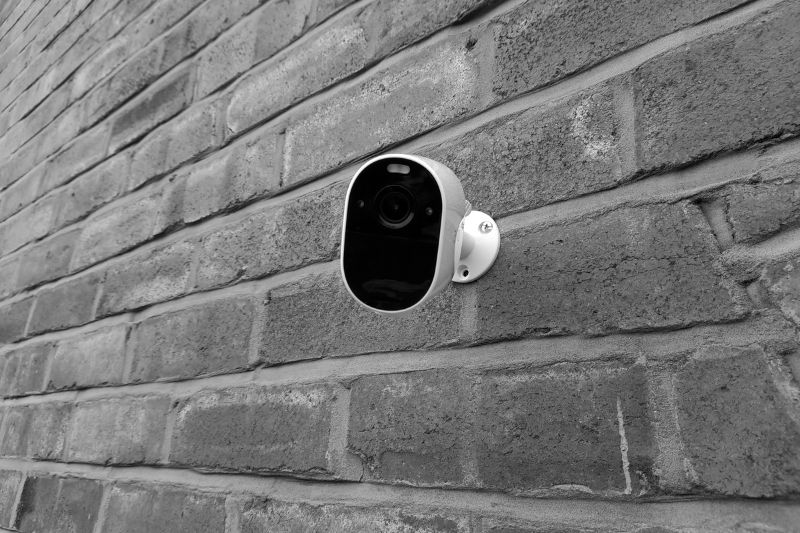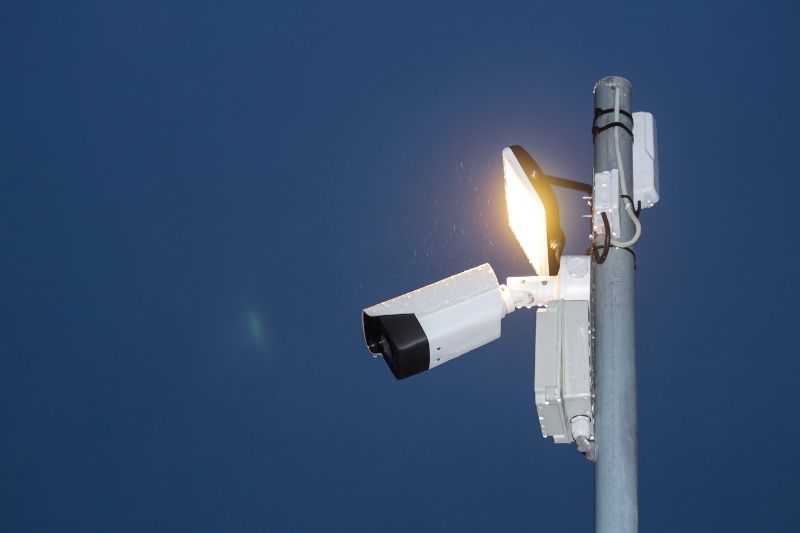No products in the cart.
Useful Home Safety Checklist to Make Your Home Safer

Ensuring the safety of your home is a paramount responsibility that encompasses more than just locking the doors at night. In today’s world, where threats can be as diverse as cyber-attacks to natural disasters, fortifying your home’s safety requires a comprehensive approach. This blog post aims to provide a detailed home safety checklist covering various aspects of making your home a safer haven. From physical security measures to environmental precautions, each point is designed to enhance the protection of your home and the well-being of its inhabitants.
Introduction to Home Safety
The concept of home safety is evolving, mirroring the complexity of modern life. It’s not just about preventing intrusions anymore but also about safeguarding against accidents, natural disasters, and technology breaches. An essential step in this direction is understanding and implementing basic security measures, such as how to install alarm window contacts. This foundational step ensures that your home is not an easy burglar target. However, proper safety encompasses a broader spectrum of precautions, from fire safety to childproofing, each playing a crucial role in creating a secure living environment.
Comprehensive Home Safety Checklist
Securing Entry Points
Your home’s entry points are its first line of defense. Ensuring these are secured significantly reduces the risk of unauthorized access. Installing high-quality locks on doors and windows is fundamental. Additionally, reinforcing door frames and windows with security films can make them more resistant to forced entry. For those interested in technology-based solutions, smart locks and security cameras offer remote monitoring and control, adding an extra layer of security.
Fire Safety Measures
Fire safety is another critical component of a secure home. This involves installing smoke detectors in key areas, including bedrooms, kitchens, and hallways, and testing them regularly. Equipping your home with fire extinguishers and ensuring everyone knows how to use them is vital. Moreover, formulating an escape plan and practicing it with all household members can make a significant difference in the event of a fire.
Childproofing for Safety
Childproofing is an essential safety measure for homes with young children. This includes securing heavy furniture and TVs to the wall, installing safety gates at the top and bottom of stairs, and ensuring that small objects that pose a choking hazard are out of reach. Covering electrical outlets and storing household chemicals in locked cabinets are simple yet effective steps to protect children from common household dangers.
Environmental Hazards and Health Risks
Environmental hazards such as carbon monoxide (CO) and radon can pose significant health risks. Installing CO detectors near bedrooms and ensuring your home is tested for radon are critical to mitigating these risks. Additionally, maintaining good indoor air quality by using air purifiers and keeping the house clean and mold-free contributes to a healthier living environment.
Cybersecurity for Smart Homes
Cybersecurity has become an integral part of home safety in the era of smart homes. Ensuring your home network is secure, using strong passwords, and regularly updating software can protect your home from cyber threats. Additionally, being cautious about the smart devices you choose and understanding their security features can prevent potential breaches.
The Path to a Safer Home

Creating a safer home is an ongoing process that adapts as new threats emerge and technologies evolve. By following the comprehensive checklist provided, you can significantly enhance your home’s safety and its inhabitants’ well-being. Remember, the key to home safety lies in being proactive rather than reactive. Regularly reviewing and updating your home safety measures, educating yourself and your family about potential risks, and investing in quality safety equipment can make all the difference.
















Leave a Reply